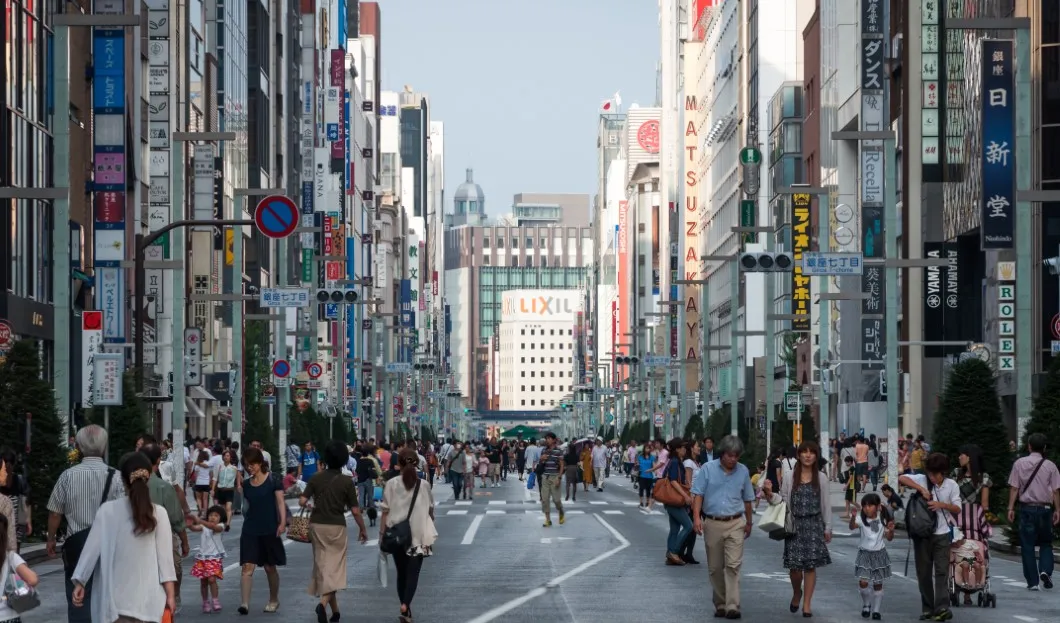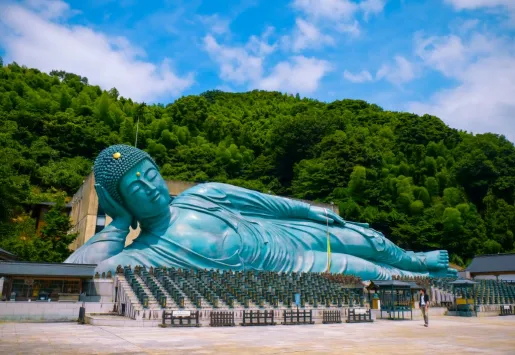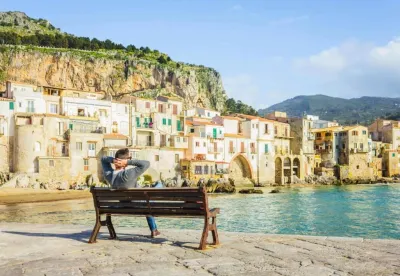
Japan was not always one of the most visited tourist destinations around the world. However, today travelers flock to the country and bring along many problems for the local inhabitants.
The rapid progress of the tourism sector in the country of the rising sun could be mostly attributed to the rise of the economic power of its Asian neighbors. In addition, the Japanese government has introduced what they call omotenashi, or the art of caring for visitors with all their heart to provide an unforgettable experience.
The government strategy has worked - Japan has become one of the most visited tourist destinations globally. However, the country now faces the effects of mass tourism.
To see the increase in the number of tourists visiting Japan, we must go back to 1970. That year, 854,000 foreign tourists were welcomed on Japanese land. Ten years later, in 1980, there were 1.3 million foreign visitors. In 1990, this number rose to 3.2 million. In 2001, the country having been one of the hosting countries of the Football World Cup, the number of foreign visitors was close to 5 million.
The boom really began in 2014 and 2015 with almost 20 million tourists per year. In 2018, this figure reached a record with 31 million foreigners visiting the country. Data shows an 8.7% increase over the previous year. During the last year, 50% of tourists came from China and South Korea. 15.3% came from Taiwan, and 7.1% from Hong Kong.
The massive influx of tourists into Japan has led to many problems for the country, mainly overcrowding and lack of accommodation facilities. Although the tourism sector has generated $ 40.1 billion in 2018, the Japanese are worried about the negative impact that mass tourism could have on their culture.
Many experts say that the tourism boom is like choosing between money and culture.
The daily life of the Japanese is also quite affected by the mass of tourists around. For example, there are locals who have stopped coming to their favorite stores because holidaymakers come in large numbers every day. For traders, the situation is also complicated because visitors do not necessarily buy, many come mostly out of curiosity. This is causing a drop-in sale, according to officials at NishikiDaimaru, a famous fish market in Kyoto.
To end the list, historical places become photo spots for visitors, which causes a lot of problems with waste or vandalism.
The future will show what measures the government takes to deal with mass tourism.













